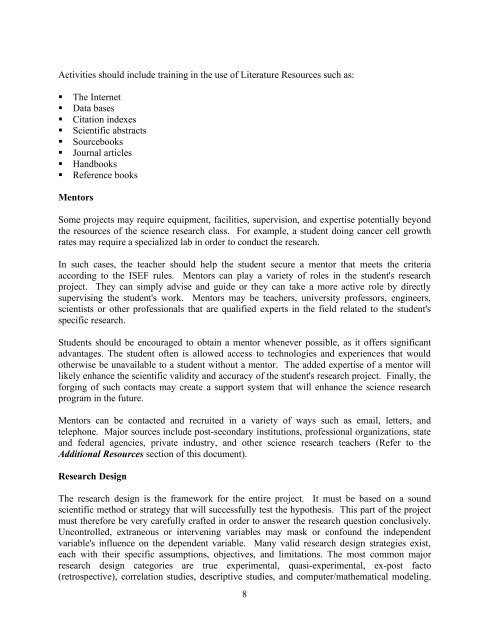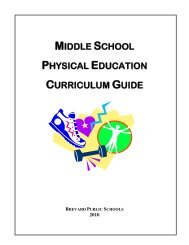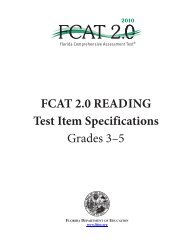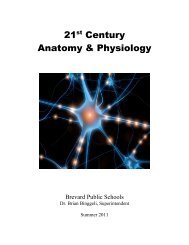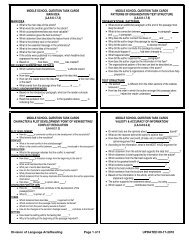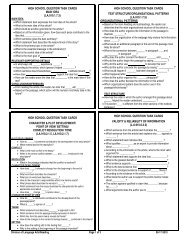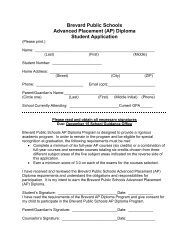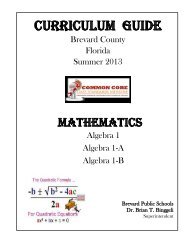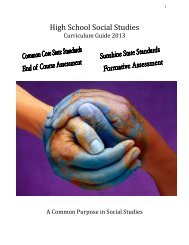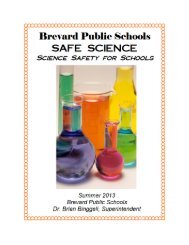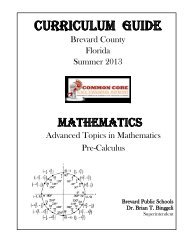Science Research Program Guide - Secondary Programs Home ...
Science Research Program Guide - Secondary Programs Home ...
Science Research Program Guide - Secondary Programs Home ...
Create successful ePaper yourself
Turn your PDF publications into a flip-book with our unique Google optimized e-Paper software.
Activities should include training in the use of Literature Resources such as:<br />
� The Internet<br />
� Data bases<br />
� Citation indexes<br />
� Scientific abstracts<br />
� Sourcebooks<br />
� Journal articles<br />
� Handbooks<br />
� Reference books<br />
Mentors<br />
Some projects may require equipment, facilities, supervision, and expertise potentially beyond<br />
the resources of the science research class. For example, a student doing cancer cell growth<br />
rates may require a specialized lab in order to conduct the research.<br />
In such cases, the teacher should help the student secure a mentor that meets the criteria<br />
according to the ISEF rules. Mentors can play a variety of roles in the student's research<br />
project. They can simply advise and guide or they can take a more active role by directly<br />
supervising the student's work. Mentors may be teachers, university professors, engineers,<br />
scientists or other professionals that are qualified experts in the field related to the student's<br />
specific research.<br />
Students should be encouraged to obtain a mentor whenever possible, as it offers significant<br />
advantages. The student often is allowed access to technologies and experiences that would<br />
otherwise be unavailable to a student without a mentor. The added expertise of a mentor will<br />
likely enhance the scientific validity and accuracy of the student's research project. Finally, the<br />
forging of such contacts may create a support system that will enhance the science research<br />
program in the future.<br />
Mentors can be contacted and recruited in a variety of ways such as email, letters, and<br />
telephone. Major sources include post-secondary institutions, professional organizations, state<br />
and federal agencies, private industry, and other science research teachers (Refer to the<br />
Additional Resources section of this document).<br />
<strong>Research</strong> Design<br />
The research design is the framework for the entire project. It must be based on a sound<br />
scientific method or strategy that will successfully test the hypothesis. This part of the project<br />
must therefore be very carefully crafted in order to answer the research question conclusively.<br />
Uncontrolled, extraneous or intervening variables may mask or confound the independent<br />
variable's influence on the dependent variable. Many valid research design strategies exist,<br />
each with their specific assumptions, objectives, and limitations. The most common major<br />
research design categories are true experimental, quasi-experimental, ex-post facto<br />
(retrospective), correlation studies, descriptive studies, and computer/mathematical modeling.<br />
8


